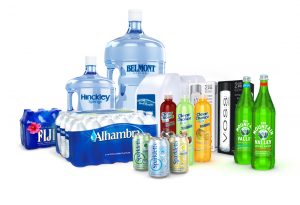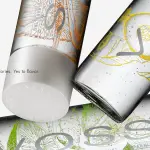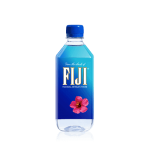These terms are defined based on the standards of Codex Alimentarius, a set of international standards for food and drink classification.
1. Natural Mineral Water
Natural mineral water can be defined as:
- water comes from underground sources protected from pollution risks
- consistent composition and flow that ensures microbiological and chemical purity
- packaged near the source
- contains certain types of mineral salts in specific amounts
- can only undergo limited treatment, such as carbonation or heavy metal removal
Natural mineral water can legally claim to have certain medicinal benefits. This type of water makes up the largest portion of sales in Europe, as well as a substantial number in developing countries.
2. Prepared Water
Prepared water can be defined as:
- water can come from any water supply
- water can undergo any kind of treatment in order to meat safety standards, including chemical, microbiological, and radiological
Prepared water is the base standard for all bottled water, especially in developing countries. Local laws may required that prepared water bottles be labeled as either “purified water” or “drinking water” depending on the treatments they have undergone and their levels of purity.
3. Spring Water
Spring water can be defined as:
- water comes from a protected underground or surface source
- cannot have passed through a community water system
- must be safe for human consumption at the source and kept in that state up until bottling
- water source must be protected within a set perimeter to prevent contamination by outside sources
- water can only undergo certain minor treatment or modification processes allowed by this standard
Spring water is intrinsically defined by its source and makes up the majority of sales for local brands within the United States, as well as many countries outside Europe.

 Bottling water has been around for centuries, but it was not until the 19th century that this idea became widespread. Because of its use in spas at many resorts, the idea of bottling water became much more popular. With this popularity, it gave individuals an opportunity to go to their local pharmacy and purchase the brand of water that they desired.
Bottling water has been around for centuries, but it was not until the 19th century that this idea became widespread. Because of its use in spas at many resorts, the idea of bottling water became much more popular. With this popularity, it gave individuals an opportunity to go to their local pharmacy and purchase the brand of water that they desired.

